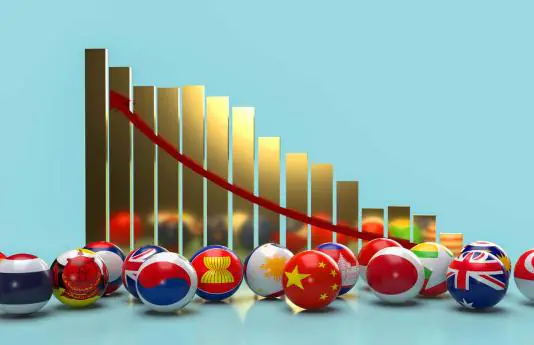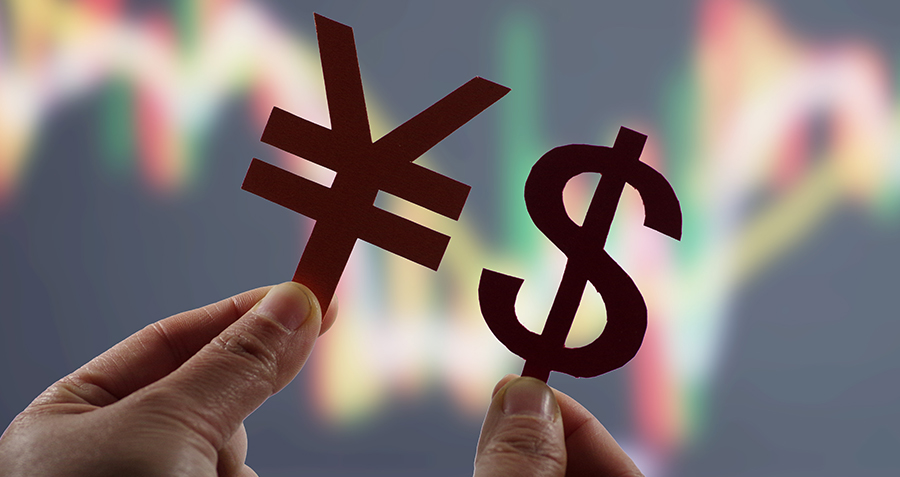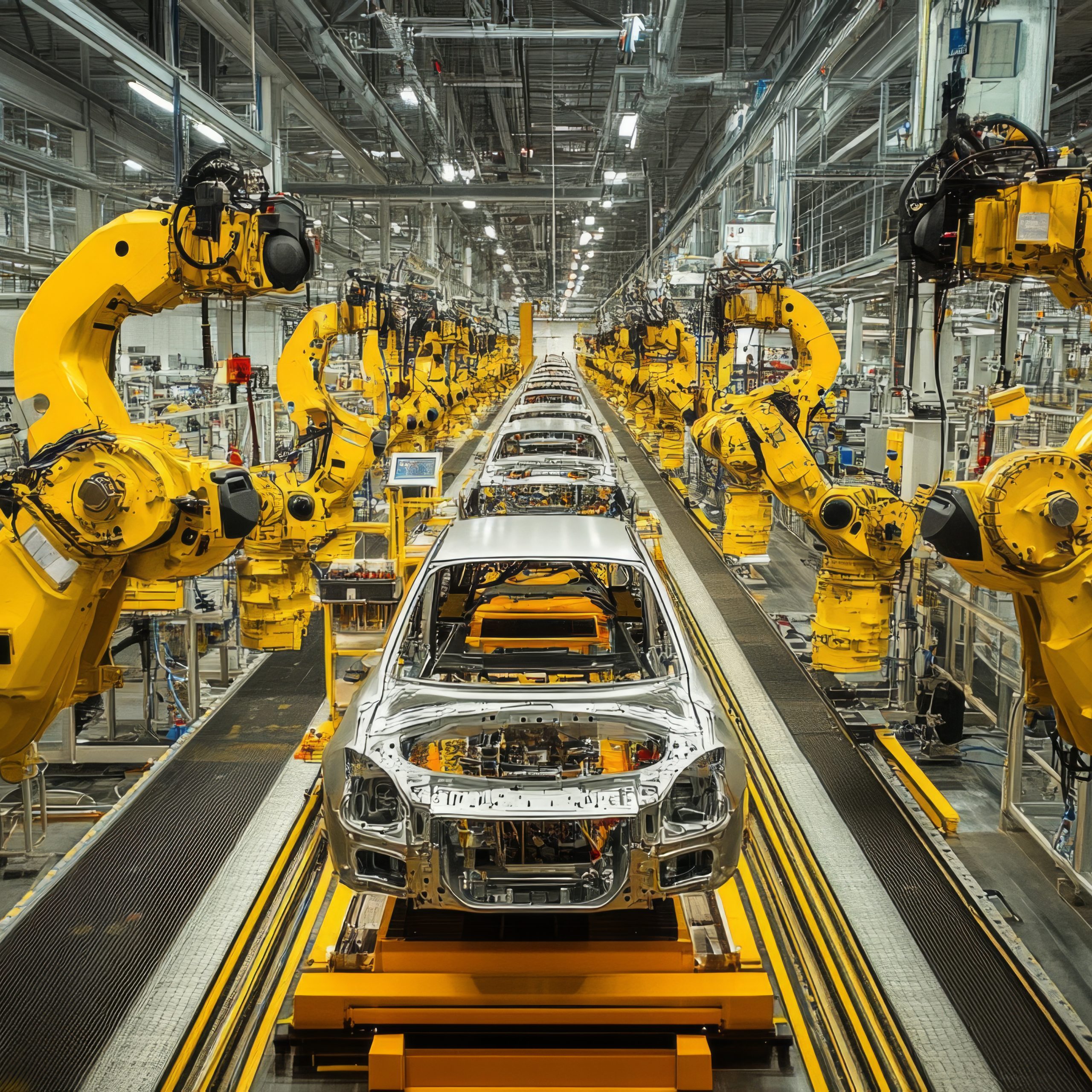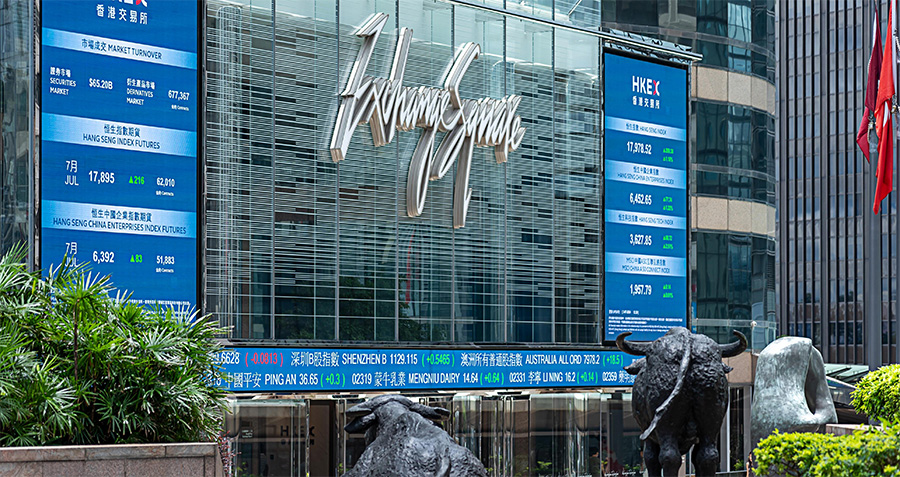Xiang Bing, Founding Dean and Professor of China Business and Globalization, CKGSB
RCEP represents Asia’s response to an increasingly fractured world. Asia’s proactive role in supporting globalization will also help increase its influence on the world stage.
The Regional Comprehensive Economic Partnership (RCEP) was ratified on 1st January 2022. It has become the world’s largest trade deal, and will hopefully provide a much-anticipated uplift to the global economy in 2022 and beyond.
Beleaguered by the rise of trade protectionism, anti globalization, geopolitical tensions and the impacts of the pandemic, the world may have already begun its transition to a ‘post-WTO’ global trade order, where regional agreements take precedence over any attempts at constructing an all-encompassing trade mechanism. It is against this background that treaties such as USMCA, CPTPP and RCEP have emerged.
Although regional in nature, RCEP will have tremendous global economic implications. RCEP countries are home to almost one-third of the world’s population, and collectively produce around 30% of the world’s GDP. Trade within the region stands at USD $10 trillion, which is 28.4% of global trade volume. Just by looking at the size alone, RCEP’s economic impact will be staggering.
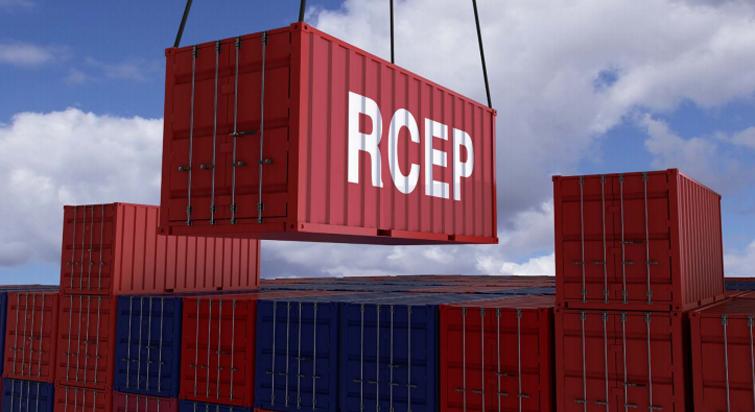
Why Is RCEP so Important?
The RCEP negotiations were launched by leaders from 10 ASEAN member states and six ASEAN FTA partners during the 21st ASEAN Summit in Phnom Penh, Cambodia in November 2012. ASEAN economies, which played the leading role in driving RCEP’s conceptualization, design and ratification, have shown the world how countries with drastically different levels of economic development can team up to drive regional growth for collective prosperity. RCEP is, hence, estimated to increase world trade by nearly USD $500 billion annually by 2030 and raise world incomes by USD $263 billion annually1.
RCEP also represents the first free trade agreement between China, Japan and South Korea. It is worth noting that since 2012, attempts at building a tripartite free trade zone have not borne any fruits. Since these three countries contribute a combined 25% of global economic output, RCEP, as the first successful trade agreement between these three nations, will significantly boost production, trade and innovation within the area. Deeper trade relations between these three countries may also pave the way for further economic and cultural integration in East Asia.
China has undoubtedly played a significant role in RCEP’s successful ratification. The nation is home to 61.7% of the RCEP population, and contributes 56.7% of the region’s total GDP. At the same time, China, alongside Laos, Cambodia and Vietnam, were the only countries that achieved positive GDP growth in 2020. China is also the largest trading partner with RCEP countries such as Korea, Japan, ASEAN economies, Australia and New Zealand. While some commentators may view China’s involvement as a ploy to gain the upper hand in the region, the reality is that RCEP’s emphasis on equity and shared complementarity means that each participating nation is able to benefit from a virtuous cycle of free trade and a shared pool of resources and expertise. China’s proactive role in RCEP shows its determination to defend globalization and multilateral trade relations, as well as fostering regional economic integration and harmony.
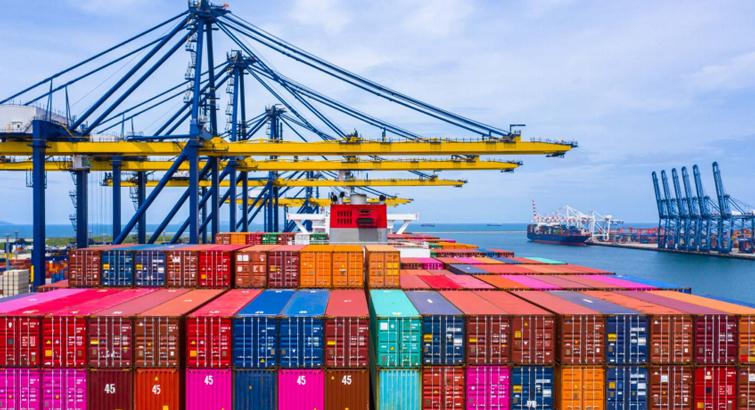
What We Can Look Forward to
The paradigm of neoliberalism and unilateral global policymaking has left much to be desired for the majority of the world’s population. Resulting discontent has partly fueled the recent worldwide upsurge populism and anti-globalization. While these trends claim to offer a quick fix to many of the world’s woes, such shortsightedness must inevitably yield to ever-larger strides towards regional integration and globalization. RCEP, which sees the latter as its main task, will play a major role in lessening geopolitical friction and promoting harmonious global relations.
Even though RCEP is still in its early days, what history will remember about this agreement might be its contribution to healthy multilateral global relations. Just as organizations increasingly realize the vital importance of prioritizing socially-responsible growth over short-term profiteering, like-minded nations are pulling together to signal the importance of collectivism over populist wars of words. Indeed, terms like ‘partisanship’ and ‘coercion’ have no place in RCEP’s dictionary.
RCEP represents Asia’s response to an increasingly fractured world. By displaying such a sustained commitment to regional integration and globalization, participating nations signal to the world that the only way out of the current global political and economic impasse is equal, fair and open dialogues. Asia’s proactive role in supporting globalization will also help increase its influence on the world stage.
RCEP’s ratification also demonstrates the feasibility of a rule-based regional order in which all participating countries are invited to shape their common destiny. In this configuration, deeper trade relations lay the foundation for increased cultural exchange and provide fertile soil for future technological and social innovation. In twenty years’ time, we may see a completely different global landscape: one where RCEP economies play a major role in fostering high quality global growth and pioneering equitable forms of geopolitical relations. What lies ahead is both exciting and inspirational.





